crazy weather :-(
Ontario_Canada5a_USDA4b
last month
Featured Answer
Sort by:Oldest
Comments (24)
BillMN-z-2-3-4
last monthlast modified: last monthbengz6westmd
last monthlast modified: last monthRelated Discussions
Crazy Weather!
Comments (20)Have had triple digit heat index for past several days... could go into tomorrow or Tuesday. Yesterday, seemed like every 15 minutes of so, that sever t-storm warning was blaring on the TV. The high winds, quarter-sized hail, roof/tree damage... luckily didn't materialize though it di get really dark a few times. I like summer but frankly, ready for fall. With no $$ to speak of, what good is 8-10 weeks of no work anyway. I was ready for school to start back up again after the 4th....See MoreCrazy weather - first jugs of winter - native seeds - too late?
Comments (6)Thank you ncrescue! That is good to know. I am so used to putting my natives out in December and having them freeze & thaw in their jugs for months and months. I forgot that some people use the fridge to stratify. That's a good point. Whew. I put out my jugs with Foxglove Beardtongue and Bradbury's Monarda this evening, in the middle of the Nor'easter, so that was either true winter sowing dedication, or sheer insanity on my part, lol. Glad to know they will likely still sprout even though it's January and has been a warm (ish) winter. Thanks again!...See MoreCrazy weather with a February thaw or is it?
Comments (8)We had a glorious couple of days in the 60's. Crocus were blooming and tulips are pushing up. Haven't checked to see if the daffodils are peeking up yet. Thunderstorms rolled through with high winds, lots of rain yesterday and today we are back to winter. Snowing this morning which covered the ground and then disappears quickly till the next round of lake effect snow blows through. Many of the daylilies are growing already which is not a good thing. I'm keeping the dead foliage on top for a few more weeks before I start cleaning that up. Hopefully the deer stay away. Suppose to have this down and then back up temp type of weather this coming week....See MoreIs this the Crazy Weather in NYC
Comments (0)It was 63 yesterday& low forties today. This H. pubicalyx seems to have woken up. This formerly bare vine bumped me in the face while I was looking elsewhere while watering. Happy Fake Spring on the East Coast!...See Moreplantkiller_il_5
last monthOntario_Canada5a_USDA4b
last monthOntario_Canada5a_USDA4b
last month41 North (Zone 7a/b, NE, coastal)
last monthlast modified: last monthbengz6westmd
last monthBillMN-z-2-3-4
last monthOntario_Canada5a_USDA4b
last monthBillMN-z-2-3-4
last monthdavidrt28 (zone 7)
last monthOntario_Canada5a_USDA4b
last monthbengz6westmd
last month41 North (Zone 7a/b, NE, coastal)
last monthlast modified: last monthdavidrt28 (zone 7)
last monthlast modified: last monthdavidrt28 (zone 7)
last monthlast modified: last monthbengz6westmd
last monthlast modified: last monthOntario_Canada5a_USDA4b
15 days agobengz6westmd
15 days agolast modified: 15 days agobengz6westmd
14 days agolast modified: 14 days ago41 North (Zone 7a/b, NE, coastal)
14 days agolast modified: 14 days agodavidrt28 (zone 7)
13 days agolast modified: 13 days ago41 North (Zone 7a/b, NE, coastal)
13 days agolast modified: 13 days ago
Related Stories

HOUSEKEEPINGLower Your Heating Bills With Some Simple Weather Stripping
Plug the holes in your house this winter to make sure cold air stays where it belongs: outside
Full Story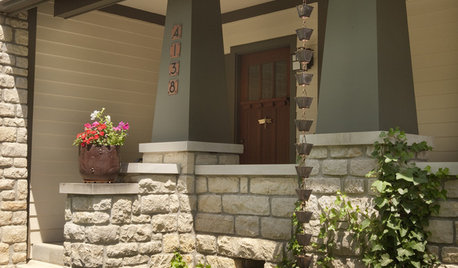
GARDENING AND LANDSCAPINGDesign With Weather: Introduce a Rain Chain
Create something beautiful with the runoff from your roof
Full Story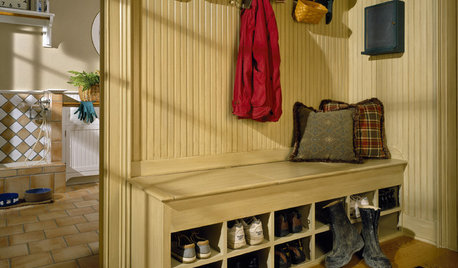
ENTRYWAYS12 Ways to Weather a Messy Winter
Here's What to do About Those Wet Coats and Muddy Boots
Full Story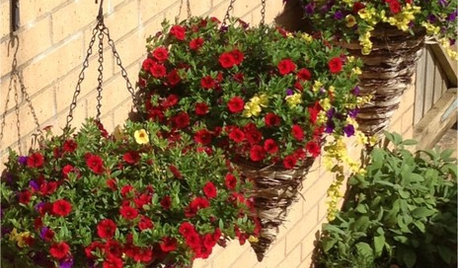
CURB APPEALCrazy for Colorful Cones: 5 Container Plantings Beyond the Bowl
Give even a small garden an exuberant vibe with hanging cones overflowing with blooming beauties
Full Story
HOUSEKEEPINGWhat's That Sound? 9 Home Noises and How to Fix Them
Bumps and thumps might be driving you crazy, but they also might mean big trouble. We give you the lowdown and which pro to call for help
Full Story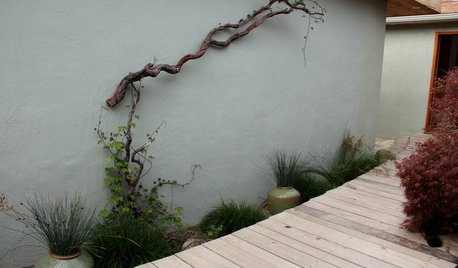
DECORATING GUIDESSee How Wabi-Sabi Can Bring Harmony and Beauty to Your Home
Create your own wabi-style style with beautifully weathered, humble materials around the house
Full Story
BEDROOMS10 Summer Touches to Refresh Your Bedroom
Try these quick and simple updates to give your sleep space a fresh, warm-weather mood
Full Story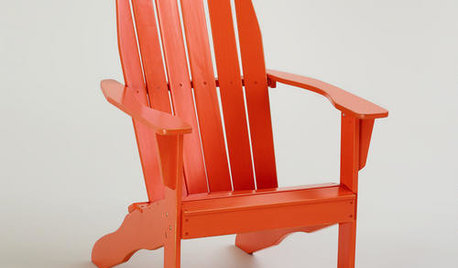
PRODUCT PICKSGuest Picks: 20 Fab Outdoor Finds, Almost All Under $100
Sprinkle these budget-friendly furniture, decor and tableware pieces around a porch or patio for an easy warm-weather update
Full Story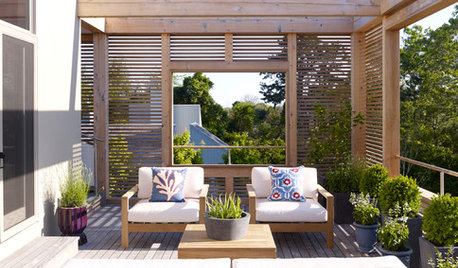
GARDENING AND LANDSCAPINGWhat to Know Before You Buy Teak Outdoor Furniture
Learn about finishes, weathering, care and that age-old oil debate to get the teak furnishings that suit you best
Full Story
MONTHLY HOME CHECKLISTSYour Fall Home Maintenance Checklist
Prep your house and yard for cold weather with this list of things to do in an hour or over a weekend
Full Story


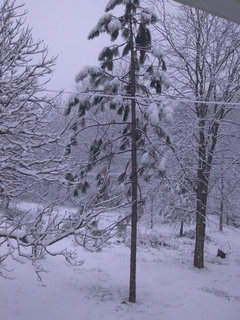
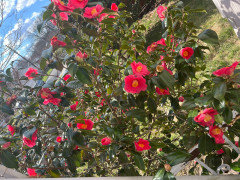
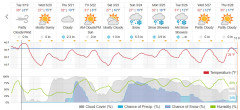


41 North (Zone 7a/b, NE, coastal)